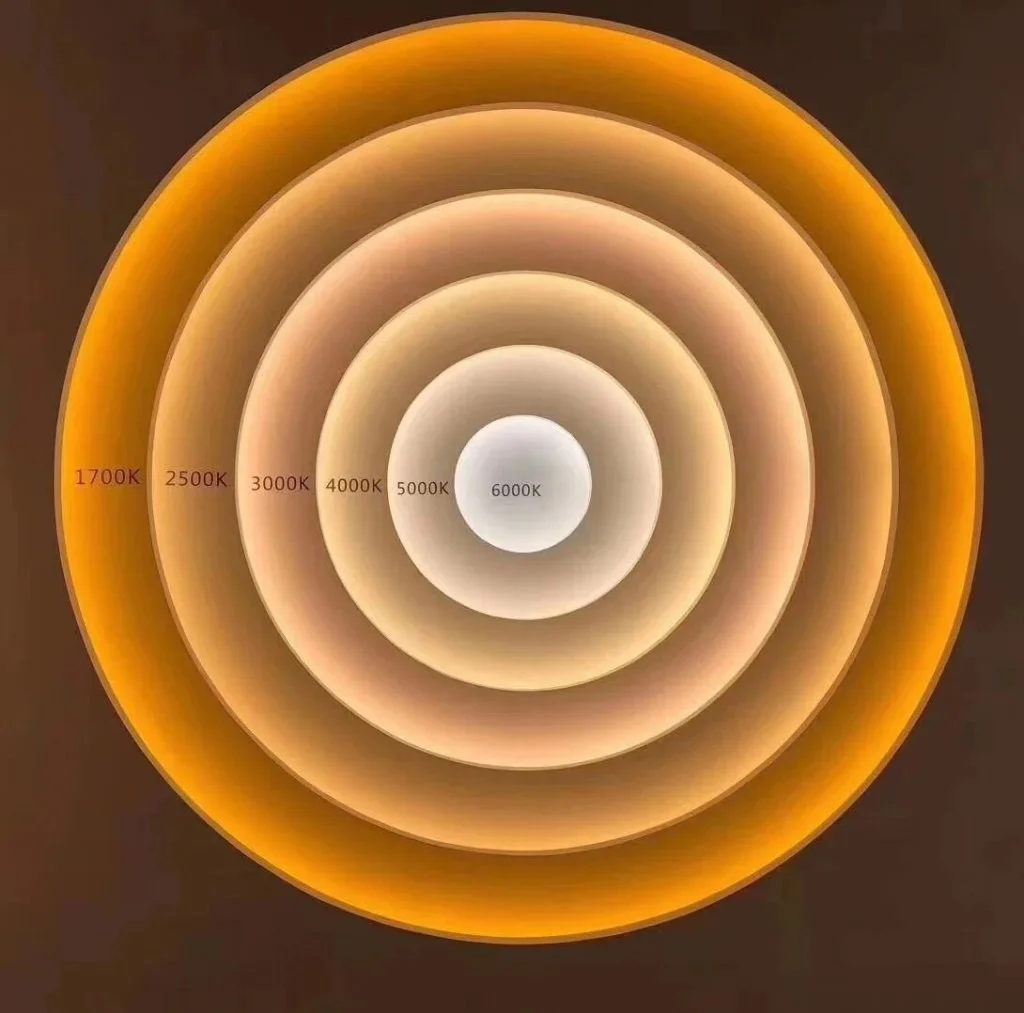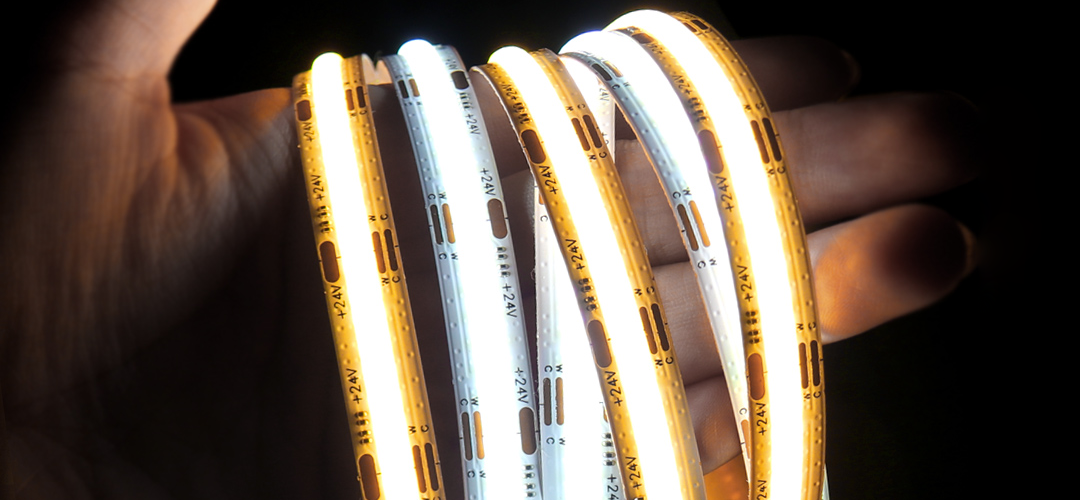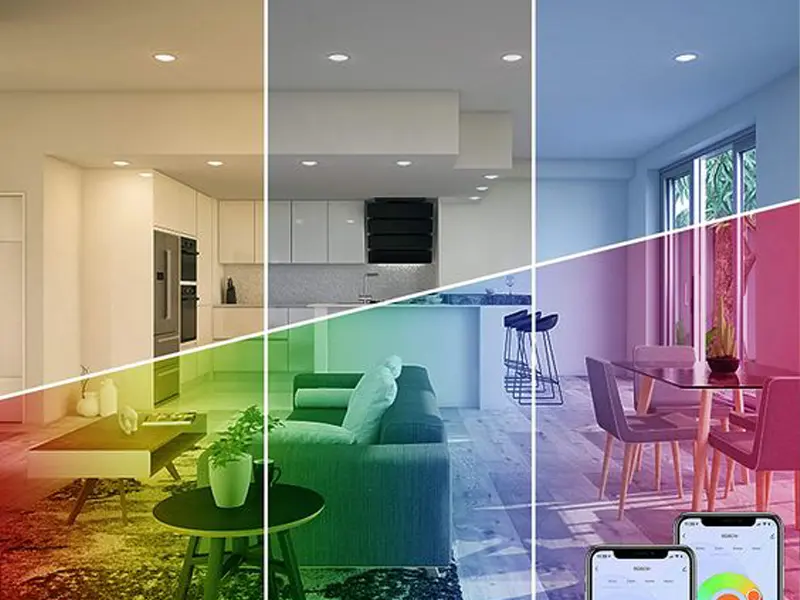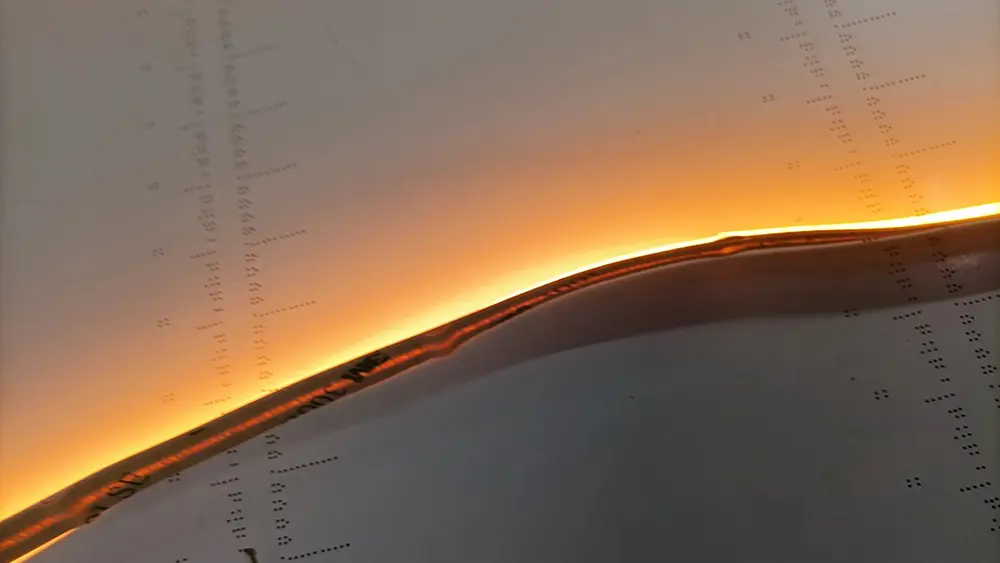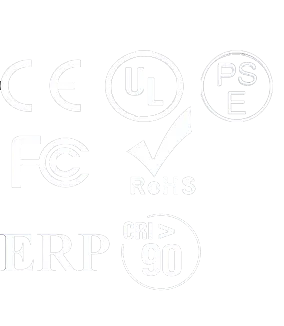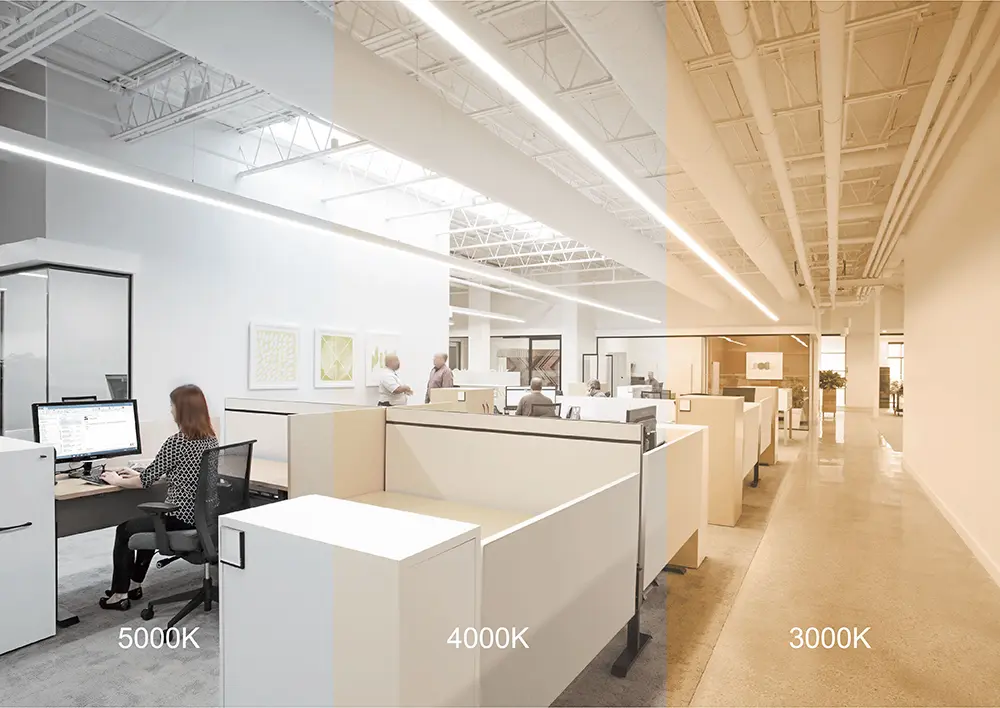
Demystifying LED Color Temperature
Understanding LED Color Temperature: Shedding Light on Illumination Choices In […]
Understanding LED Color Temperature: Shedding Light on Illumination Choices
In the field of modern lighting, the color temperature of LED lamps is an important yet often overlooked factor. It not only affects the perceived color of light but also directly impacts our visual comfort and quality of life. Therefore, understanding the color temperature of LED lamps is crucial in selecting the right lighting solution.
What is the LED color temperature of lamps?
Color temperature is a parameter used to describe the color of light emitted by a light source. In LED lamps, color temperature is typically expressed in units of “kelvin (K)”. Lower color temperatures (below 3000K) produce warm white or yellow light, while higher color temperatures (above 5000K) result in cool white or blue light. Light with medium color temperatures (ranging from 3000K to 5000K) is closer to natural sunlight.
The impact of color temperature on lighting
- Warm white light (low color temperature):
Typically used to create a comfortable, warm environment, suitable for places like homes and hotel rooms.
- Neutral white light (medium color temperature):
Provides an environment closer to natural light, suitable for offices, commercial spaces, and areas requiring detailed work.
- Cool white light (high color temperature):
Produces clear, bright light, suitable for places like operating rooms, factory workshops, and areas requiring high-intensity lighting.
How to choose the right LED color temperature?
Select the appropriate color temperature based on the requirements of the space, considering both the comfort and adaptability of the lighting. Combine the actual usage scenario and personal preferences to make a color temperature selection that achieves the best visual effects and comfort.
Conclusion
Understanding the color temperature of LED lamps is key to selecting the right lighting solution. Depending on the requirements of different spaces and personal preferences, choosing the appropriate color temperature can create a comfortable, warm, or vibrant lighting environment, enhancing both the quality of life and work efficiency.
Share this article
Contact us Now
Written by : Sophia Ng
Hey there! This is Sophia Ng, Worked for Sunroleds with 15 years in the industry, specializing in sales and marketing.
I'm committed to excellence and always aim to exceed expectations. Outside of work, I enjoy traveling and exploring traditional Chinese culture.
Let's connect and make some magic happen!
Follow us
A quick overview of the topics covered in this article.
Latest articles
July 27, 2024
July 27, 2024
July 27, 2024
July 27, 2024

